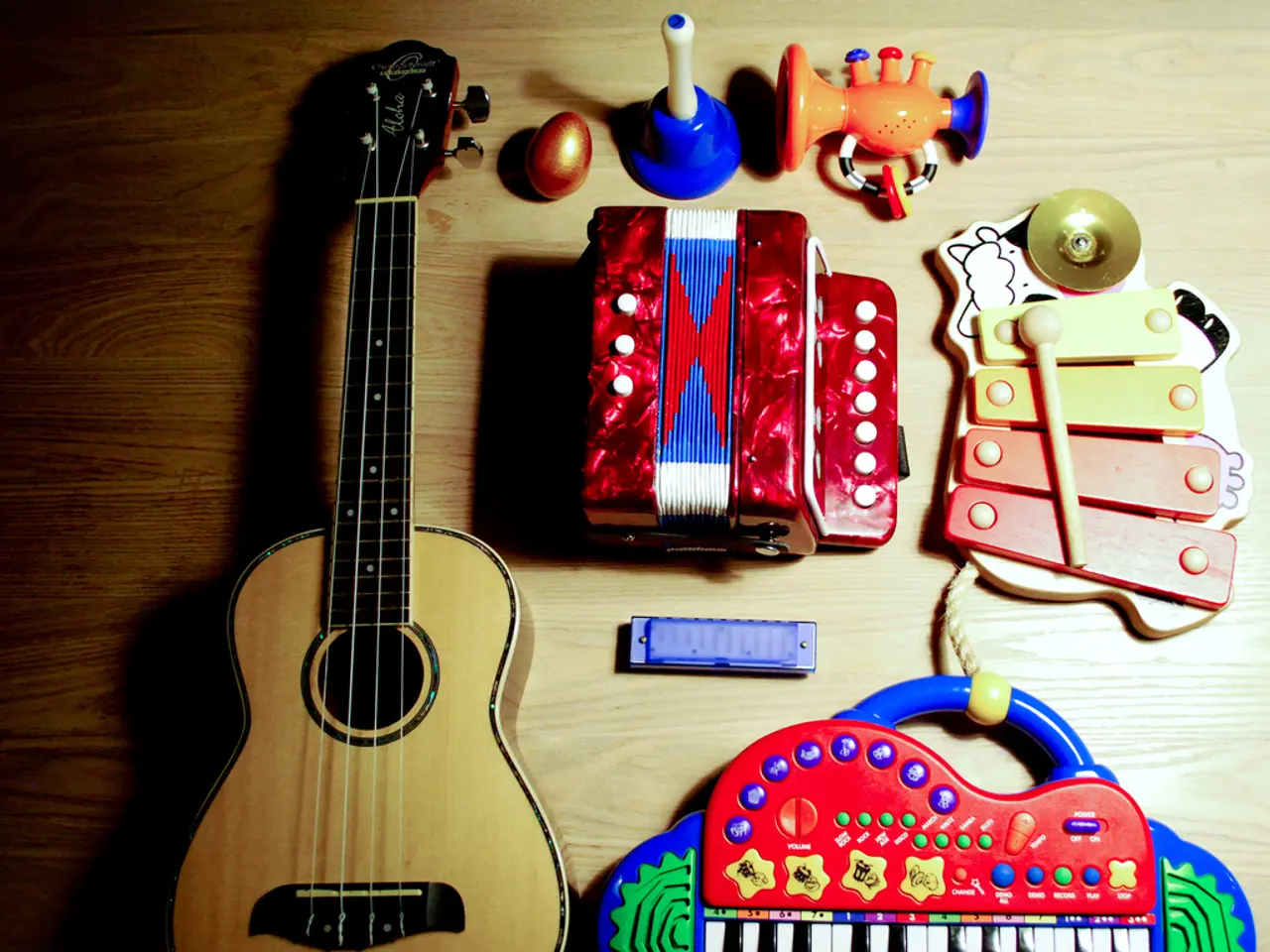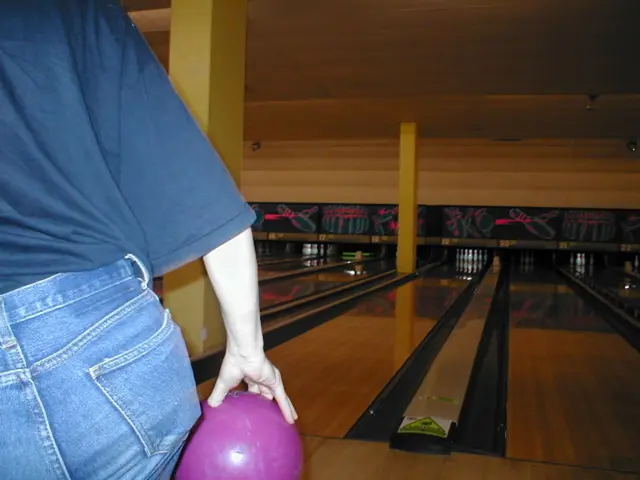Creating DIY Conductive Playdough for Homemade Circuits
Discover the thrill of science with this fun and educational activity that allows kids to safely experiment with electricity and circuits using everyday materials. The star of the show is conductive playdough, a unique mixture of ingredients that can conduct electricity, making it perfect for creating interactive circuits.
### Making Conductive Playdough
To create conductive playdough, you'll need a dough mixture that contains salt, a key ingredient for conductivity, and a separate insulating dough for safe experimentation. Here's a basic recipe:
1. **Ingredients for Conductive Playdough:** - 1 cup of flour - 1/4 cup of salt - 1 tablespoon of cream of tartar (improves texture) - 1 cup of water - 1 tablespoon of vegetable oil - Food coloring (optional)
2. **Preparation:** - Mix the dry ingredients in a pot: flour, salt, cream of tartar. - Add water, oil, and food coloring. - Heat gently on medium heat, stirring constantly until it thickens to a dough. - Allow to cool before use.
3. **Non-Conductive (Insulating) Playdough:** - Make a similar dough but **without salt** and using sugar instead.
4. **Using the dough for circuits:** - Roll the conductive playdough into shapes like snakes or snakes-like strips. - Insert battery pack wires into the dough as contact points. - Connect LEDs, buzzers, or motors to complete circuits. - Use insulating dough to separate sections where current should not flow.
### Learning Benefits
Conductive playdough provides a safe, tactile way for children to learn about electricity basics, such as conductivity, circuit completion, and insulation. The hands-on approach makes abstract concepts concrete and fun, making it ideal for STEM education.
With conductive playdough, kids can see real-time results by lighting LEDs or running motors, reinforcing their understanding of electricity. This activity is suitable for children in grades 2-5, offering an accessible and easy-to-prepare at-home or school activity.
### Safety Tips
While conductive playdough is safe, it's essential to remember that electricity can be dangerous. Adult supervision and assistance are recommended when exploring circuits and electricity.
For more detailed recipes, safety tips, and educational resources, feel free to ask! A free guide for simple circuits for kids is available online, and there are several STEM extensions available to further enhance the learning experience.
So, let the exploration begin! With conductive playdough, the world of electricity and circuits is just a recipe away.
- The conductive playdough, perfect for creating interactive circuits, is made from a dough mixture containing salt, which is a key ingredient for conductivity.
- To make the conductive playdough, mix dry ingredients like flour, salt, and cream of tartar, then add water, oil, and food coloring before heating gently on medium heat.
- For safe experimentation, prepare an insulating dough similar to the conductive one but without salt and using sugar instead.
- With conductive playdough, kids can create circuits by rolling the dough into shapes and inserting battery pack wires into it as contact points.
- LEDs, buzzers, or motors can be connected to complete circuits using conductive playdough, providing a hands-on way to learn about electricity basics.
- Using insulating dough helps kids understand the concept of insulation by separating sections where current should not flow.
- Conductive playdough is an excellent tool for STEM education and kids' learning, as it offers a fun, tactile way to learn about electricity, circuits, and insulation.
- For more information on safety tips, additional resources, and detailed recipes, feel free to ask or consult online guides dedicated to simple circuits for kids in STEM education and development.




